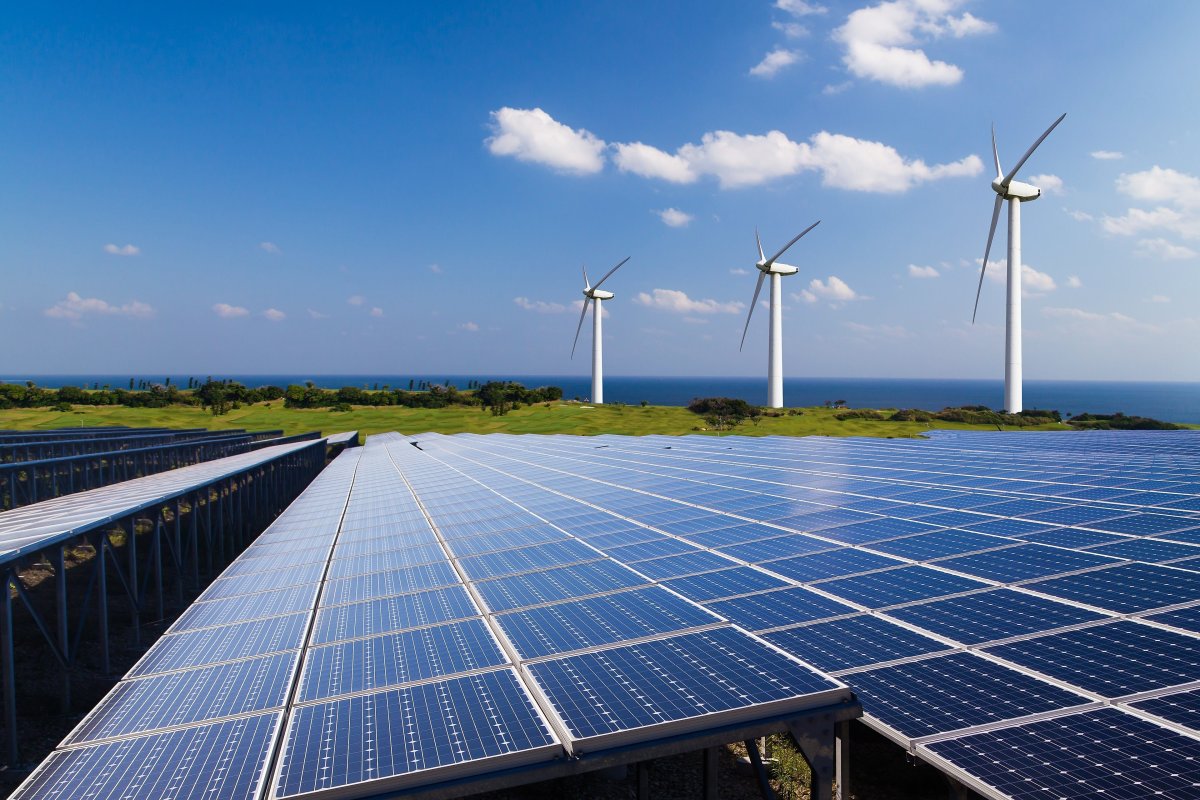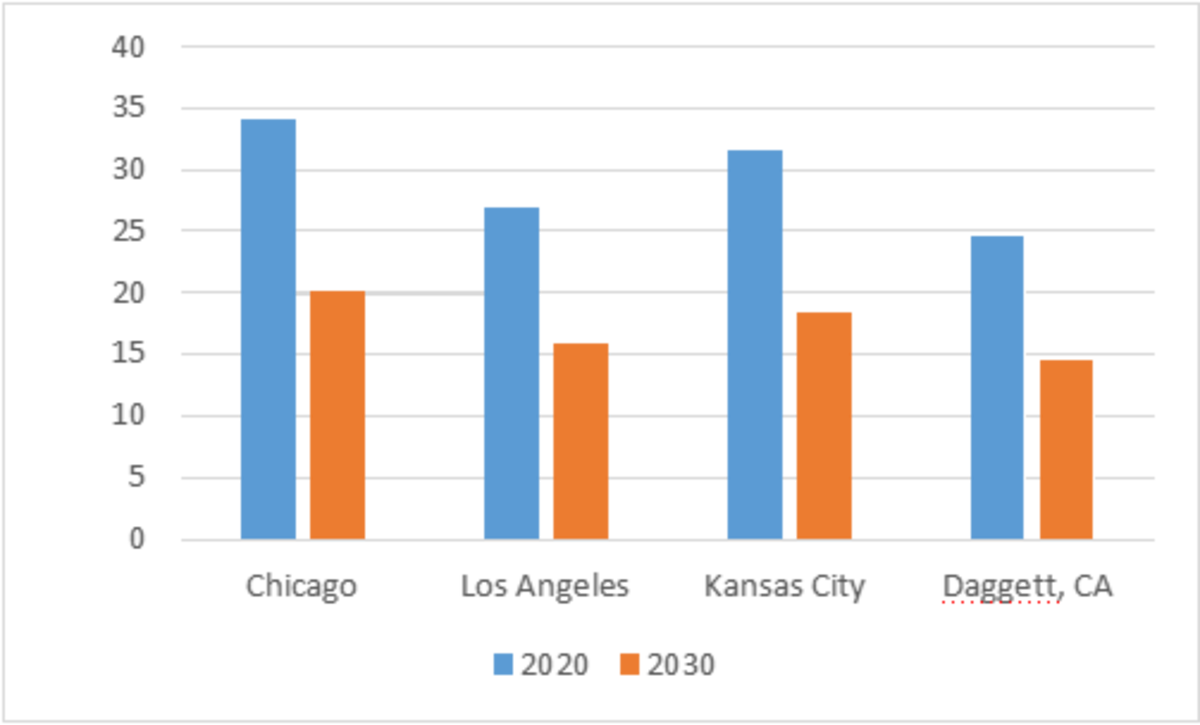Bhutan, a country in South Asia, and Suriname, a country situated slightly north of the equator are two countries that are already carbon negative where they offset or remove more carbon from the atmosphere than they emit. The 2035 Report, by the Goldman School of Public Policy, outlined how the United States of America can achieve 90% zero-carbon electricity by 2035, dependably meeting electricity demand every hour and cleaning up the electricity sector while decreasing customer costs by approximately 10% compared to today’s levels by 2035. Another study by Energy Innovation: Policy and Technology LLC assessed how to eliminate the last 10% and realize net zero GHG emissions from the U.S. power sector by 2035. The study admits that eliminating the last 10% of emissions out of the electricity system may not be the most appropriate target for cost-effective decarbonization in 2035 as the technologies considered in the 2035 Report, are all already well-established and commercially proven. Still, this assessment includes technologies that are still in their earlier stages of testing and development or near-commercial, thus having substantial cost and performance uncertainty associated with them. The report estimates the e-wholesale rate for a 90% clean power system to be about 10% lower than the 2020 average wholesale rate of about 5.2 cents/kWh, at 4.6 cents/kilowatt-hour (kWh), and the cost to decarbonize the rest of 10% would be about 0.5 cents/kWh in 2035, without raising wholesale electricity rates at all from 2020 levels—thus costing twice the estimated average wholesale rate for the 90% clean system. The Report focuses on the use of green hydrogen as a source of energy. You can look into how green hydrogen is different from other forms in the hydrogen rainbow in this video from Bloomberg Quicktake Originals.
Green Hydrogen
A common way to extract hydrogen would be from electrolysis. So, electrolysis is the process of using electricity to split water into hydrogen and oxygen. But the cost of hydrogen production from electrolysis using zero carbon electricity depends on three factors:
the cost of electricity, the capital cost of electrolyzers, and the utilization rate of those electrolyzers
Non-conventional forms of energy like wind and solar costs have already plummeted and are projected to decline further, having zero marginal cost once built, they require no fuel to run, so they can offer into power markets at zero or even negative prices. By 2030, the National Renewable Energy Laboratory projects the cost of utility-scale solar PV will decline to about 1.5 to 2 cents/kWh, and in many locations across the U.S. and projects, the cost of wind power would decline to 2-2.5 cents/kWh. Having said this, there are predominantly three ways to use hydrogen as a fuel to replace natural gas generation:
Using fuel cells to generate electricity from hydrogen Retrofit existing natural gas combined cycle turbines to enable them to use hydrogen as a fuel And, by converting hydrogen to synthetic methane, which can be used in existing natural gas combined cycle turbines.
If fuel cells are used to generate electricity from hydrogen, about 470 TWh of electricity from 300 GW of fuel cell capacity, making fuel cell capacity operating at less than 20% capacity factor on average which is less than 1,500 hours per year) and reaching 100% carbon zero would mean wholesale rates coming to about 5 cents/kWh, which is approximately the same as the current average rate of about 5.2 cents/kWh. If generated from an existing natural gas combined cycle retrofitted to enable the use of green hydrogen, as per General Electric, the existing plant’s modifications might require switching to a new combustion system, which would require new fuel accessory piping and valves and may also require new fuel skids, as well as an enclosure and ventilation system modifications, and several other changes which would have a wholesale rate coming to about 5.3 cents/kWh. This content is accurate and true to the best of the author’s knowledge and is not meant to substitute for formal and individualized advice from a qualified professional. © 2022 Vishal Agarwal


